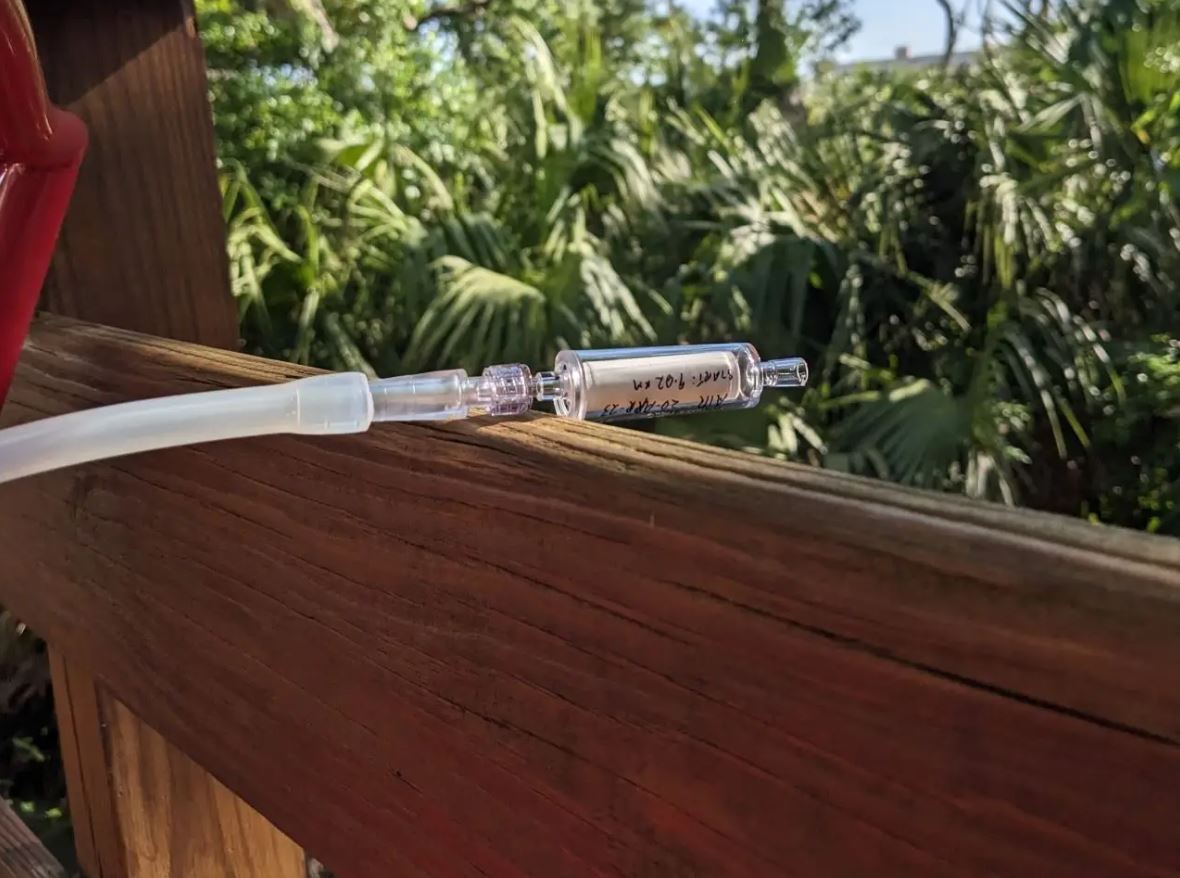 In Florida’s dense coastal forests, nature unfolds in its raw form—a bobcat prowls, while rattlesnakes and alligators navigate their natural terrain. Researchers are now stepping away from traditional camera traps and are instead gathering airborne DNA using a handheld device, roughly the size of a deck of cards.
In Florida’s dense coastal forests, nature unfolds in its raw form—a bobcat prowls, while rattlesnakes and alligators navigate their natural terrain. Researchers are now stepping away from traditional camera traps and are instead gathering airborne DNA using a handheld device, roughly the size of a deck of cards.
This compact gadget has already been put to work around the globe, including in Dublin, where it collects DNA from sources as varied as poppy plants and magic mushrooms. In just 48 hours, it can compile a detailed genetic landscape, offering fresh insights for anyone invested in biodiversity research.
David Duffy from the University of Florida explains, “The level of detail available in environmental DNA is remarkable. We’re only beginning to explore the potential applications—from wildlife to human health.” His comments underline the device’s ability to track not only endangered species and harmful pathogens but also illicit substances, all while prompting important discussions about privacy.
Every organism leaves behind a subtle genetic trail. Environmental DNA (eDNA) studies have already uncovered thousands of marine bacteria and tracked wildlife using DNA remnants left in the environment, such as those from beetles. In 2022, Duffy’s team applied their techniques to monitor endangered sea turtles in Florida, recording data across diverse habitats and even pinpointing pathogens harmful to these fragile creatures.
The evolution of this technology now allows for capturing human eDNA from oceans, rivers, and even the sand beneath our feet. While traditional eDNA methods rely on metabarcoding—a process reliant on existing databases and lengthy processing times—advances in shotgun sequencing, cloud computing, and deep sequencing are making fieldwork faster and more precise.
Over two years, the research produced 78 datasets, yielding intriguing discoveries such as bobcat DNA from both wild and captive populations, along with distinct spider genomes found in Florida’s ecosystems. In Dublin, the device detected 63 airborne viruses and allergens like peanut pollen, as well as traces of illicit drugs.
Although the tool offers significant benefits for wildlife conservation, its capacity to capture human genetic markers naturally raises privacy concerns. The team is careful not to pinpoint individuals, recognising that the irreversible use of human eDNA shares ethical challenges with many emerging technologies. As Duffy put it, “It seems like science fiction, but it’s becoming science fact.”
If you’ve ever struggled with monitoring wildlife or tracking environmental changes, you can appreciate how this approach blends technology with nature’s complexity. It’s a compelling reminder of the opportunities—and responsibilities—that come with tapping into the genetic fingerprints left behind in our environment.








